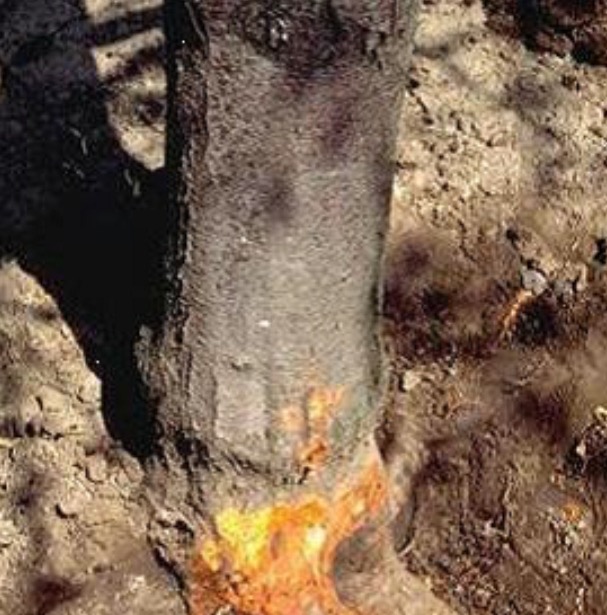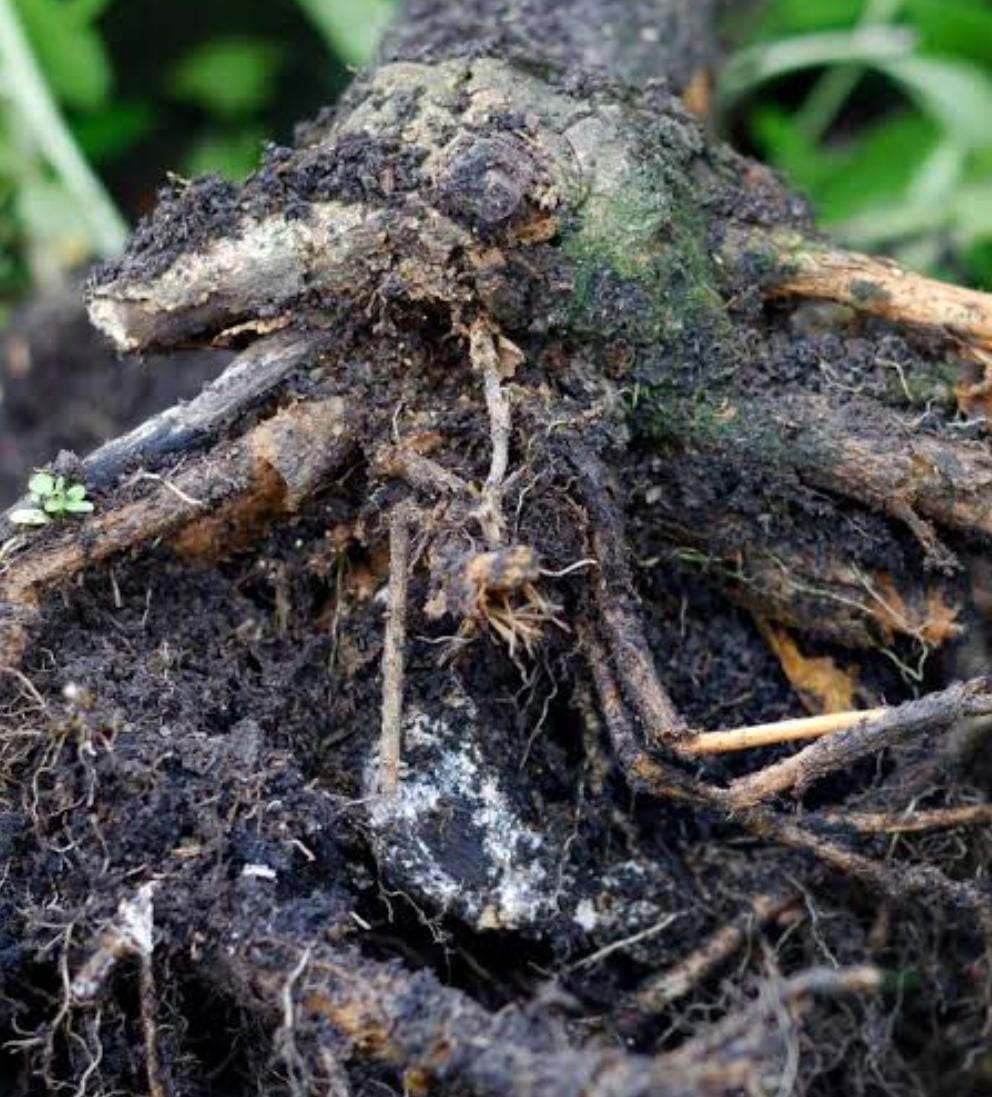American Persimmon
American persimmon trees, 30-60 feet tall in Zones 4-9, prefer well-drained soil and full sun for moderate growth. They produce small, sweet persimmons that are edible and appreciated for their unique flavor.
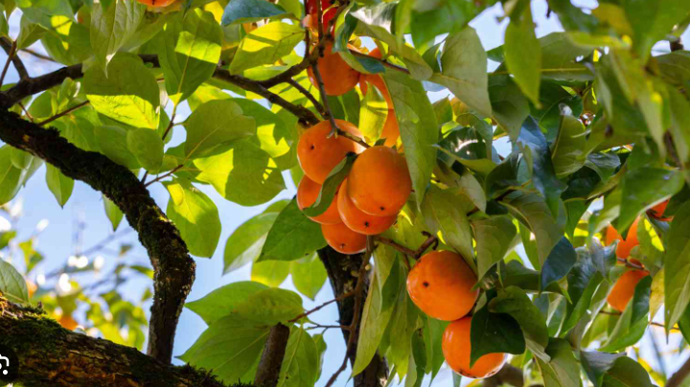
Habit
Tree
Height
30-60 ft
Growth
Moderate
Soil
Well Drained
Shade
Full Sun
Moisture
Moderate
Edible
Yes
Medicinal
Yes
Origin
North America
Climatic Condition
Temperate
Temperature (°)
10-25
Humidity (%)
60-80%
Potting media
Loamy
Fertilizers
10:10:10
Watering
Regular Watering
Plant Weight
300-500 g
Flowering Time
Spring to Summer
Soil Ph level
5.5-6.5
Water Ph level
6.0-7.0
Soil EC
0.8 dS/m
Yield Per Plant
10-15 kg per Plant
NPK ratio
10:10:10
life Span
30-50 yrs
Health Benefits
Anti-oxidant
Suggested Grow Media or Potting Mix ?
50% loam, 30% sand, 20% compost
Suggested Fertigation/Fertilizers
Fertilize annually with a balanced, slow-release fertilizer.
Common Diseases and Remedies
crown gall and root rot
large galls develop around the crown , plant become stunted , leaves changes colour and fall from the tree , leaves changes colour and fall from the tree , branches and twigs die
Removal of infected trees and vines , prune infected roots down to healthy tissue and replant the persimmon in a new area
HEALTH BENEFITS
American persimmons (Diospyros virginiana) are packed with nutrients and offer several health benefits, including:
1. Rich in Vitamins and Minerals
- High in Vitamin C: Supports the immune system and promotes skin health.
- Good Source of Vitamin A: Essential for vision, skin health, and immune function.
- Contains Potassium & Magnesium: Helps regulate blood pressure and muscle function.
2. High in Antioxidants
- Polyphenols & Flavonoids: Help reduce inflammation and protect against chronic diseases.
- Beta-Carotene: Supports eye health and reduces oxidative stress.
3. Supports Heart Health
- Fiber-Rich: Helps lower cholesterol and maintain healthy digestion.
- Potassium: Aids in regulating blood pressure and reducing the risk of stroke.
4. Aids Digestion
- Soluble Fiber (Pectin): Promotes gut health and prevents constipation.
- Tannins: Have antimicrobial properties that support digestive balance.
5. Supports Blood Sugar Control
- Low Glycemic Index: Helps manage blood sugar levels.
- Flavonoids & Fiber: Improve insulin sensitivity and slow sugar absorption.
6. Boosts Immune Function
- Vitamin C & Antioxidants: Strengthen the immune system and help fight infections.
7. Promotes Healthy Skin
- Vitamin C & A: Protect skin from damage, reduce wrinkles, and promote collagen production.
How to Eat American Persimmons
- Eat raw when fully ripe (soft and sweet).
- Add to smoothies, salads, or baked goods.
- Dry them for a naturally sweet snack.
What Is An American Persimmon Tree?
The American persimmon, scientific name Diospyros virginiana, is a deciduous tree native to the eastern United States. It belongs to the Persimmon genus, which includes many types of date palms. American persimmon trees generally grow 20 to 60 feet tall and produce small, round fruits that turn orange when ripe. These fruits are sweet and edible and are often used in baking, jams and preserves. Wood is also valued for its strength and durability and is used in furniture and timber. In general, the American persimmon plant is prized for its fruit and wood.

What Are The Different Types Of American Persimmon Plants?
American persimmon plants generally consist of a large species, Diospyros virginiana. However, there will be variations or varieties in species that are selected or bred for special characteristics such as large fruit, flavor, or strong wood. Some examples of American persimmon varieties include:
1. John Rick
Selected for its large fruit and sweet taste.
3. Meader
Cold-resistant variety with delicious fruity taste.
4. Szukis
Famous for its abundant and delicious fruits.
5. Early Gold
Famous for its early fruits.

How to care American Persimmon ?
1. Location
American persimmon plants are often grown outdoors. They are large, deciduous trees that need full sun and adequate space to grow and bear fruit. Although the American persimmon tree can be grown indoors from seed or saplings, it must be transplanted to a suitable outdoor location where it can thrive. When planted outdoors, American persimmons are hardy and can withstand many environmental conditions, making them ideal for outdoor cultivation.
2. Sunshine
American Persimmon prefers a full sun spot that's protected from high Winds
3. Soil
Persimmon trees grow best in loamy, organically-rich soils. Light, sandy soils are not suitable, but they will grow on many other soil types and are tolerant of heavy clay soils if drainage is good. In soil with low fertility or compact clay it'll be worth your time to mix in some organic compost to the native soil.
4. Hydration
Water regularly, especially during dry periods, to keep the soil tidy but not waterlogged. Established trees have low drought tolerance but can benefit from supplemental irrigation during dry periods.
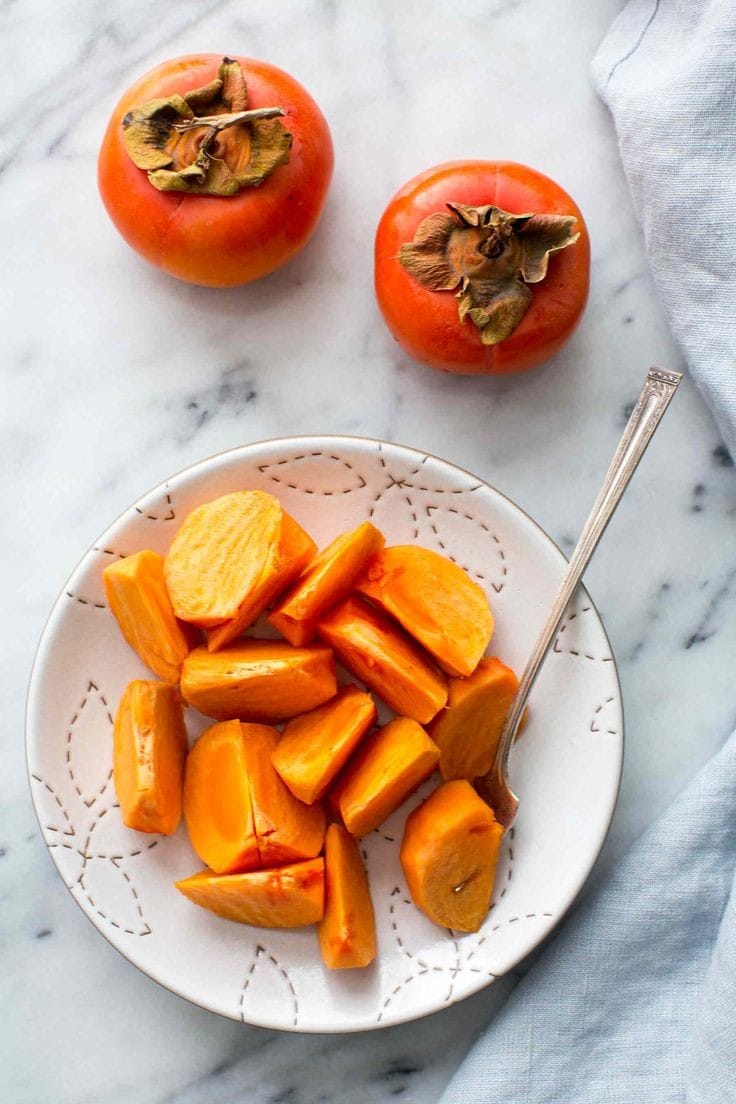
5. Nourishment
Fertilize your tree with a balanced fertilizer each spring to encourage healthy growth and fruit production. Follow the manufacturer's instructions for application.
6. Issues
American persimmon plants (Diospyros virginiana) are generally hardy but can experience some problems. Some common questions are: Some date varieties may require cross-pollination to produce fruit, and a lack of pollinators will result in reduced yields. Excessive fruit production may occur due to factors such as inadequate pollination, malnutrition, or environmental stress. Severe winters, especially in the north, will damage date trees. To address these problems, proper care, regular inspections, and appropriate measures such as pruning, pesticides, and disease control can help maintain the health of the American persimmon plant.
What are the Benefits of American Persimmon ?
American persimmon has many benefits, including: American persimmon produces sweet and delicious fruit that can be eaten fresh or used in a variety of cooking applications, including baking, jams, jellies and desserts. This fruit is rich in vitamins, minerals and antioxidants, making it a nutritious addition to your diet. The American persimmon is valued for its beautiful foliage, bright green leaves that turn vibrant yellows, oranges and reds in the fall. The trees also add to their beauty by blooming small, bell-shaped flowers in the spring. The extensive root system of the American persimmon tree helps stabilize the soil and prevent erosion, making it suitable for use in riparian areas, hillsides, etc., which is not easy in the mountains. making it ideal for planting. In traditional medicine, various parts of the American persimmon plant, including the fruit, leaves, and bark, have been used to treat a variety of ailments such as stomach aches, sore throats, and skin ailments. However, a doctor should be consulted before using the plant for treatment. Overall, the American persimmon plant provides many benefits, from delicious fruit and beauty products to ecological and economic benefits.
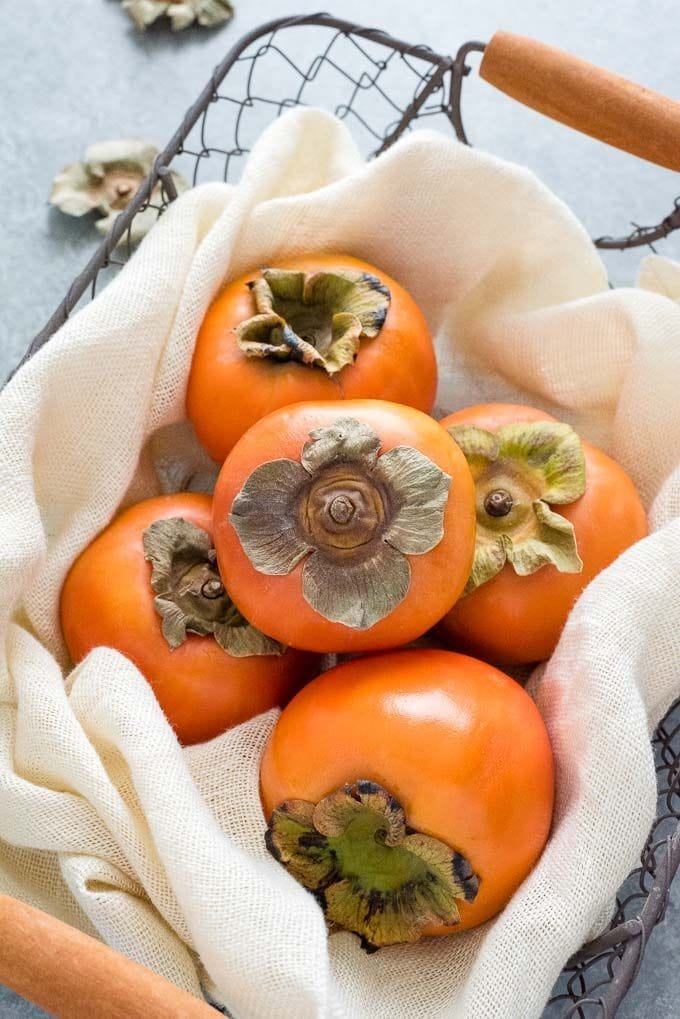
FAQs About Growing American Persimmon
1. How to maintain American persimmon plant ?
Caring for an American palm tree requires care and attention to keep it healthy and productive. Here are some simple maintenance tasks: Water regularly, especially during the dry season, to keep the soil tidy but not waterlogged. Water deeply and infrequently, allowing the soil to dry slightly between watering. Prune trees in winter through early spring to remove dead, diseased or crossed branches. Pruning also helps maintain tree health, improve air circulation and encourage fruit production. Apply a layer of organic mulch around the base of the plant to help retain soil moisture, reduce weeds, and control soil temperature. Keep mulch several inches away from the trunk to prevent rot. American persimmons are mostly self-pollinating, but having lots of trees nearby will increase the number of fruits. Encourage pollinators such as bees to visit the flowers by planting flowers nearby. By performing these maintenance tasks, you can help ensure that your American persimmon plant remains healthy, strong, and productive for years to come.
2. What are the uses of the American Persimmon tree?
The American persimmon plant has many uses, including:
The main feature of the American persimmon plant is its delicious, sweet fruit. Ripe fruit can be eaten fresh, dried, or used in a variety of cooking applications, including baking, jams, jellies, and desserts. The American persimmon is valued for its beautiful foliage, bright green leaves that turn vibrant yellows, oranges and reds in the fall. The trees also produce small, bell-shaped flowers in the spring, adding beauty to the landscape and garden. Overall, the American persimmon plant has many uses, from its delicious fruit and ornamental quality to its ecological and financial benefits.
3. Can American persimmon be grown indoors?
Growing American persimmon plants indoors can be difficult because they are larger and need full sun and adequate space. However, American persimmon trees can be grown indoors from seeds or seedlings and then transplanted outdoors as they outgrow their indoor space. If you want to try growing American persimmon plants at home. Choose a large pot with holes to accommodate the plant's roots. It is recommended to use a deep pot with a diameter of at least 12-18 inches to ensure adequate root growth. Use a well-draining potting mix designed for container gardening. Do not overwater soil that retains too much moisture as this can cause root rot. Place the container in a sunny location, such as a south-facing window, or under a growing light. American persimmon plants need full sun to thrive and bear fruit.
4. which Pot is best for American Persimmon plants?
Choose a pot made of durable and weather-resistant materials such as plastic, ceramic or glazed terracotta. Do not use metal pots as they can quickly heat up in direct sunlight and damage plants. Consider the weight of the pot, especially if you plan to carry it frequently. Heavy materials such as plastic or resin will be easier, while heavier materials such as ceramics or stone will provide stability but be more difficult to move.
5. From where can I buy American Persimmon plants?
Many online stores specialize in selling a variety of plants, including American palms. Find a reputable online plant nursery or garden centre that offers delivery to your location. Some farmers markets or markets may have vendors selling fruit, including American persimmons. This is a great way to buy native plants and get advice from experienced growers. An arboretum or arboretum is a place where you can buy or sell or raise money for a variety of trees and plants, usually including the American persimmon.

